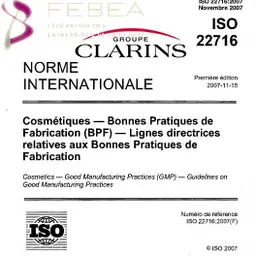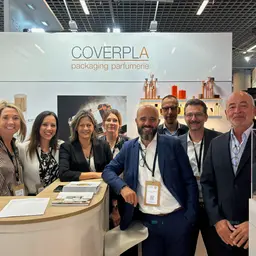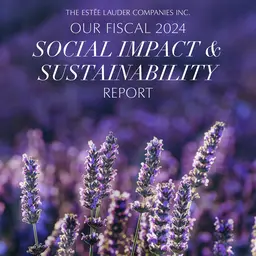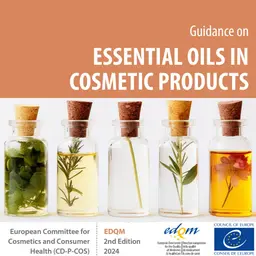
Since 2013, the Responsible Person has been in charge of verifying Good Manufacturing Practices (GMP) are complied with throughout the manufacturing line of cosmetic products. This made the relationship between main contractors and subcontractors take on a new dimension, and it is to solve the problems thus created that the FEBEA (France’s Federation of Beauty Companies) got involved in a programme intended to improve industrial facilities, which comprises, among others, awareness meetings like the breakfast CosmeticOBS was able to attend. On the agenda: general rules, challenges, the certification issue… Here is our report.
The meeting took place at the IFIS (a training institution of the French Federation of Healthcare Industries) in Boulogne-Billancourt, next to Paris, on April 16, 2015. In addition to FEBEA members, three representatives of main contractors were present in the room (from large French and international groups), as well as about twenty subcontractors (of finished products or raw materials).
FEBEA’s Scientific and Regulatory Affairs Manager Raffaella Berioli opened the debate by setting the scene and reminding everyone of the issues the GMP involve.
GMP: a regulatory obligation
Making sure companies implement Good Manufacturing Practices (GMP) is a requirement laid down in Cosmetics Regulation 1223/2009, which came into force on July 11, 2013.
It is specified in Preamble 16 of this text that: ‘
To ensure their safety, cosmetic products placed on the market should be produced according to good manufacturing practice’.
Which is translated as follows in Article 8:
‘The manufacture of cosmetic products shall comply with good manufacturing practice with a view to ensuring the objectives of Article 1 (ensure the functioning of the internal market and a high level of protection of human health)’.
It is further specified that:
‘
Compliance with good manufacturing practice shall be presumed …














